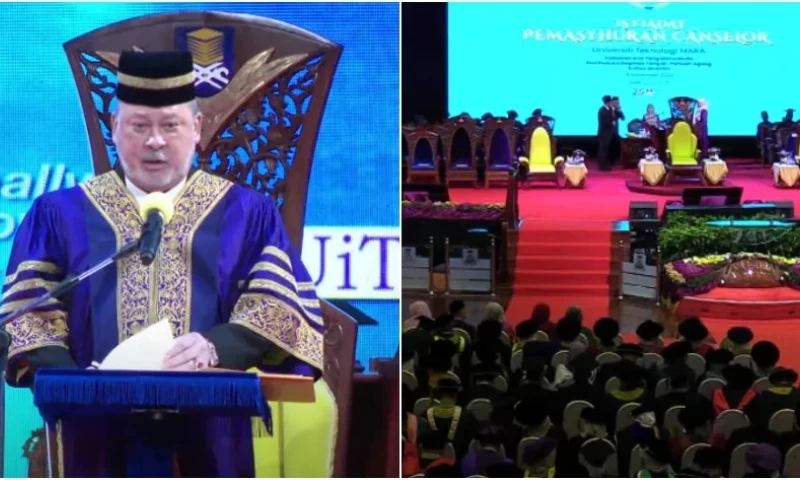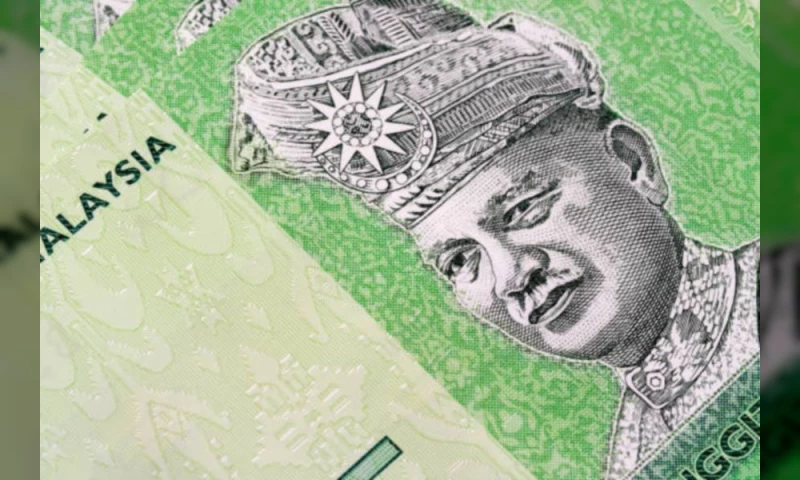First Agong's Image on Malaysian Ringgit Notes Goes Beyond Common Perception

One of the most notable features found on nearly every Malaysian Ringgit note is the depiction of a man adorned in a majestic headscarf called a tengkolok. Despite encountering his face more frequently than those of our closest acquaintances, many wonder: who is this man?
This individual happens to be the first Yang-di Pertuan Agong of Malaysia, Seri Paduka Baginda Yang di-Pertuan Agong Pertama Almarhum Tuanku Abdul Rahman ibni Almarhum Tuanku Muhammad, commonly known as Tuanku Abdul Rahman. While his name bears resemblance to that of Malaysia's first prime minister, Tunku Abdul Rahman, they are indeed different individuals.
Before delving into the identity featured on the Ringgit notes, it's pertinent to explore how the currency came to be Malaysia's official tender. During the Portuguese colonial era, the widely circulated currency was the Spanish silver dollar, colloquially referred to by the Malays as "ringgit," signifying "the jagged ones," owing to its distinctive irregular edges.
Fast forward to modern Malaysia, the terms "ringgit" and "sen" were designated as the official currency units with the enactment of the Malaysia Currency (Ringgit) Act 1975 on 28 August 1975. Previously, the currency was denominated in dollars and cents. However, the first banknotes of Malaysia were officially introduced on 6 June 1967.
Bank Negara Malaysia's official records indicate that the institution issued the Malaysian Dollar banknotes on 6 June 1967, featuring denominations of $1, $5, $10, $50, and $100.
Despite subsequent revisions to the designs over the years, one consistent feature has persisted on every Ringgit note—the likeness of Tuanku Abdul Rahman. But why has his image remained prevalent?
According to research conducted by Universiti Teknologi MARA (UiTM), the inclusion of the first Yang di-Pertuan Agong's portrait symbolizes Malaysia's monarchy and sovereignty. Following the customary procedures for the Malaysian King, the position of Yang di-Pertuan Agong involves a five-year term with a rotating selection and appointment process among Malay rulers.
Having previously ruled Negeri Sembilan for 24 years, Tuanku Abdul Rahman was elected as the first Yang di-Pertuan Agong of independent Malaya on 3 August 1957, shortly before Malaysia's independence. His reign commenced on Merdeka Day, and he was officially installed as King on 4 September 1957.
Therefore, the presence of Malaysia's inaugural Agong on local banknotes signifies the constitutional monarchy, governance, and unity of the Malaysian people. Furthermore, the Agong served as a patron to Malays and indigenous peoples of Malaysia, including those from Sabah and Sarawak.
Tuanku Abdul Rahman's portrayal on Malaysian Ringgit notes goes beyond mere representation. His image, adorned in royal Malay attire, is embellished with a crescent and 11-point stars, symbolizing the former Federation of Malaya's 11 states. This iconic symbol can also be found on Malaysia's coat of arms and the national flag.
More than just a visage, Tuanku Abdul Rahman's presence on Malaysian Ringgit notes carries profound significance. Despite his passing on 1 April 1960, his enduring legacy as a monumental figure in Malaysian culture continues to resonate, serving as a symbol of economic value and national pride.


